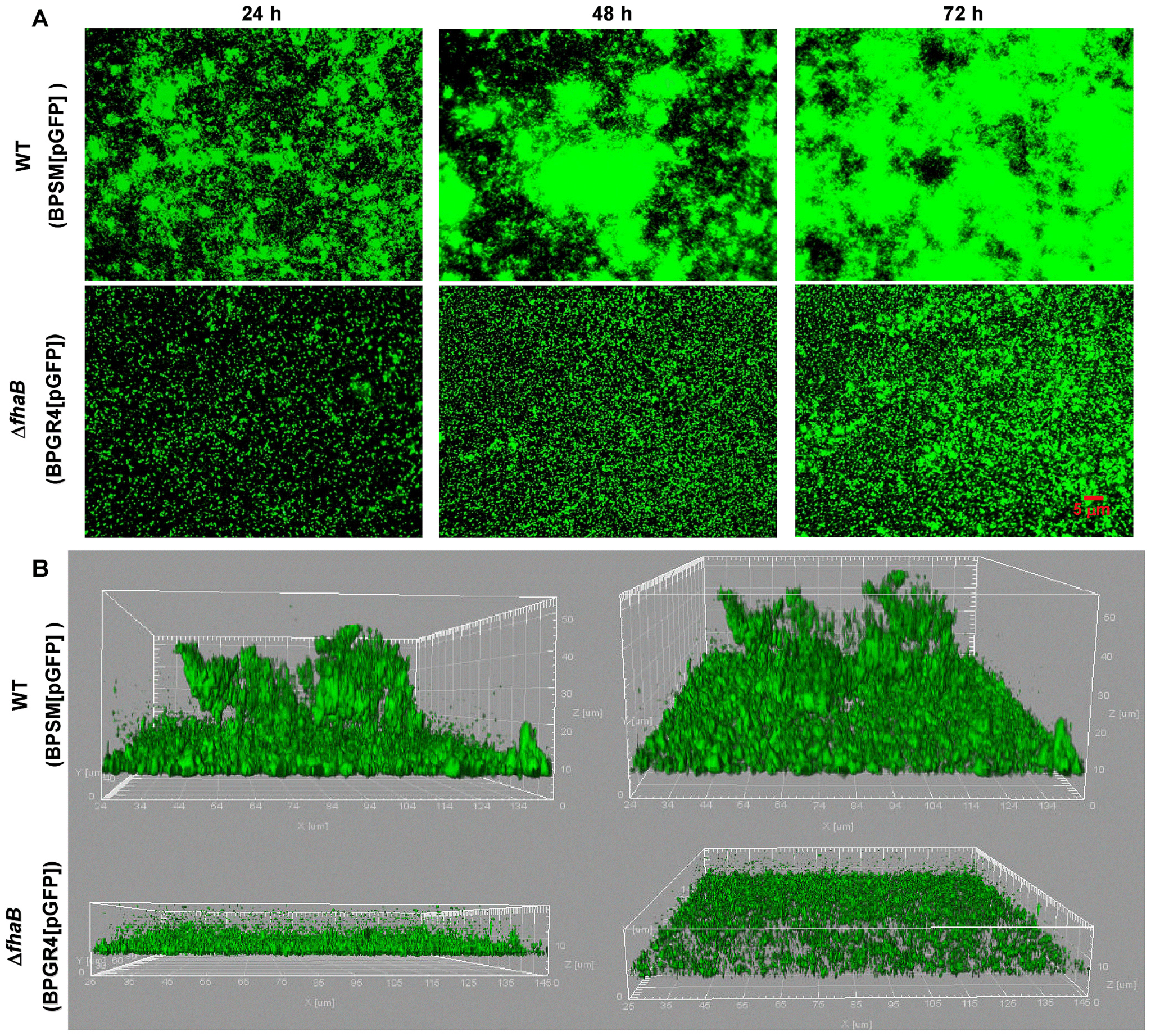Building a better whooping cough vaccine
Breaking down whooping cough infections
Like many infectious diseases, whooping cough is extremely hard to treat, but scientists using the Canadian Light Source may have found a new way to treat and vaccinate for this deadly disease.
The bacteria that cause whooping cough form a protective biofilm inside the people it infects, making it incredibly resistant to treatment.
A team of researchers from The Hospital for Sick Children (SickKids), the University of Toronto, and the Wake Forest School of Medicine have identified a protein that allows these bacteria to form a protective biofilm, pointing the way to new treatments and vaccine options for both whooping cough (Bordetella pertussis) and its animal-infecting cousin, kennel cough (Bordetella bronchiseptica).
The original whooping cough vaccine was phased out in the 1990s, as families became concerned about the extreme side effects of the whole-bacteria treatment. A newer vaccine which only uses part of the pertussis bacteria exists, but is nowhere near as effective as the older treatment.
“With the new vaccine, older children and adults that still carry the pertussis bacteria in their nose ultimately end up transmitting the bacteria to non- or under-immunized infants,” explains Dr. Rajendar Deora, Wake Forest School of Medicine team lead. “For young children, an infection can sometimes be lethal.”
Deora’s lab found that bacteria lacking a specific protein, BpsB, keeps producing long sugar chains but couldn’t use them to form hardy biofilms.
In order to harness this change, Deora’s team took a closer look at BpsB’s protein structure with the help of researchers from Dr. Lynne Howell’s SickKids’ lab and CLS crystallography facilities.
“If you know the structure of the protein machinery in the system, then you could rationally design a small molecule or drug to block or target that function,” explains structural biologist Dr. Dustin Little, a member of Howell’s team and lead author on their most recent paper on B. bronchiseptica BpsB protein.
“Ultimately, we can think of breaking up or disrupting the biofilms by treating BpsB with a molecule or drug,” says Deora.
Already, the team is looking at ways to test these new structural and functional insights in vitro, as a first step towards treatment application. Theoretically, the same tools that block the formation of new infectious biofilms should also help break down existing biofilms, and vastly reducing whooping cough’s ability to infect new individuals.




